The Enthusiast: On Roger Ebert
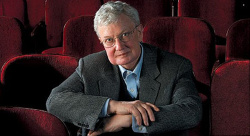 In 2010, at the age of 67, Roger Ebert reviewed The Human Centipede (First Sequence) – a horror flick that seems to exist primarily to make viewers vomit. As a professional movie critic for more than four decades, Ebert could have been forgiven for skipping it altogether. But he turned in a no-star-rating review that begins with an earnest rumination on the path to mortality: “It’s not death itself that’s so bad. It’s what you might have to go through to get there.”
In 2010, at the age of 67, Roger Ebert reviewed The Human Centipede (First Sequence) – a horror flick that seems to exist primarily to make viewers vomit. As a professional movie critic for more than four decades, Ebert could have been forgiven for skipping it altogether. But he turned in a no-star-rating review that begins with an earnest rumination on the path to mortality: “It’s not death itself that’s so bad. It’s what you might have to go through to get there.”

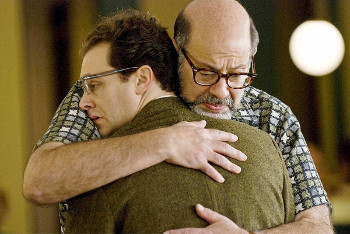 I was surprised after watching (and then reading reviews of) the Coen brothers’ A Serious Man that there was such a fervent (if small) backlash against it. The movie – about a Job-like Jewish professor in a Minnesota suburb in the late 1960s – struck me as so right that I didn’t allow for opposite reactions. Yet there they are.
I was surprised after watching (and then reading reviews of) the Coen brothers’ A Serious Man that there was such a fervent (if small) backlash against it. The movie – about a Job-like Jewish professor in a Minnesota suburb in the late 1960s – struck me as so right that I didn’t allow for opposite reactions. Yet there they are.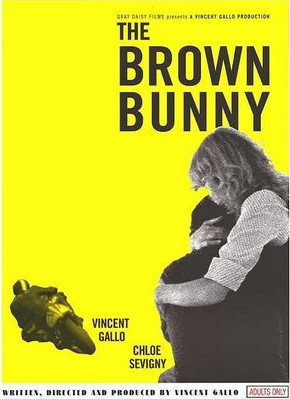 The Brown Bunny
The Brown Bunny  It is a car salesman that carries writer/director Kirt Gunn’s Lovely by Surprise on his shoulders until the movie blossoms. To his credit, Bob doesn’t actually sell cars. In the automobile-sales process, he dispenses hackneyed life advice, admonishing his customers that they need to spend more time with their families, and do they really want to part with that old clunker, filled as it is with memories? He is played with sincerity by Reg Rogers, in the sense that Bob means everything he says. But there’s a fakeness, a performance, about Bob – a smiling, cheery devil-may-care mask that makes him both inscrutable and intensely compelling. A
It is a car salesman that carries writer/director Kirt Gunn’s Lovely by Surprise on his shoulders until the movie blossoms. To his credit, Bob doesn’t actually sell cars. In the automobile-sales process, he dispenses hackneyed life advice, admonishing his customers that they need to spend more time with their families, and do they really want to part with that old clunker, filled as it is with memories? He is played with sincerity by Reg Rogers, in the sense that Bob means everything he says. But there’s a fakeness, a performance, about Bob – a smiling, cheery devil-may-care mask that makes him both inscrutable and intensely compelling. A 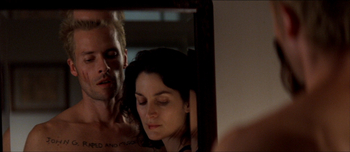
 The Orphanage has one indelible image, and that’s plenty. It also has a sly current of grief and healing that hits home mostly on reflection, after cold recognitions and resonances sink in.
The Orphanage has one indelible image, and that’s plenty. It also has a sly current of grief and healing that hits home mostly on reflection, after cold recognitions and resonances sink in.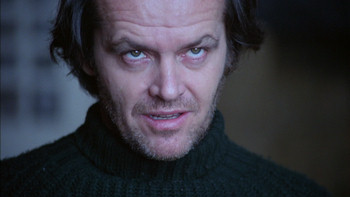 The turning point in The Shining comes when Jack Torrance encounters a woman in Room 237. Naked, lithe, and beautiful, she gets out of the bathtub and wordlessly approaches Jack. They kiss, but when Jack looks in the mirror, his arms are embracing a decaying old woman, flabby and with patches of her skin missing. It’s not your typical turning point. A heretofore pedestrian movie doesn’t begin to redeem itself, and a previously engaging work doesn’t go off the rails. Instead, things start to get muddled.
The turning point in The Shining comes when Jack Torrance encounters a woman in Room 237. Naked, lithe, and beautiful, she gets out of the bathtub and wordlessly approaches Jack. They kiss, but when Jack looks in the mirror, his arms are embracing a decaying old woman, flabby and with patches of her skin missing. It’s not your typical turning point. A heretofore pedestrian movie doesn’t begin to redeem itself, and a previously engaging work doesn’t go off the rails. Instead, things start to get muddled.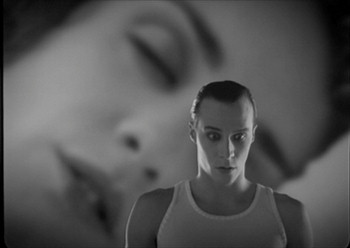 An object within an object of the same type – the novel within a novel, the film within a film – is rarely considered out of its context. Its meanings, and its narrative or thematic roles, are derived from its conversation with the larger work. But if the object is nearly whole – that is, if it’s not just a fragment, if we have a reasonably full sense of its shape, structure, and content – looking at it in isolation can bear fruit and is an act of respect.
An object within an object of the same type – the novel within a novel, the film within a film – is rarely considered out of its context. Its meanings, and its narrative or thematic roles, are derived from its conversation with the larger work. But if the object is nearly whole – that is, if it’s not just a fragment, if we have a reasonably full sense of its shape, structure, and content – looking at it in isolation can bear fruit and is an act of respect.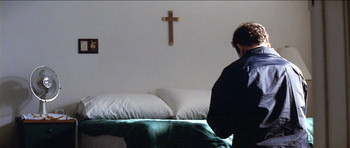 The first images of Jim Kurring involve his morning routine, and it’s nothing remarkable: He eats, he showers, he reads the paper, he exercises. But there are little hints about how we’re supposed to react to him. He laughs out loud – and not very convincingly – at something on the Today show. When he’s lifting weights, we see one of those inspirational posters encouraging “determination.” And he prays, on his knees at the foot of his bed, with a cross looking down upon him. When he finishes, he gets up and claps his hands together once, as if Team God had just broken from the huddle. We learn through voice-over that he participates in some dating service, or at the least runs a personal ad. He’s a cop, and he gives himself a pep talk in the squad car.
The first images of Jim Kurring involve his morning routine, and it’s nothing remarkable: He eats, he showers, he reads the paper, he exercises. But there are little hints about how we’re supposed to react to him. He laughs out loud – and not very convincingly – at something on the Today show. When he’s lifting weights, we see one of those inspirational posters encouraging “determination.” And he prays, on his knees at the foot of his bed, with a cross looking down upon him. When he finishes, he gets up and claps his hands together once, as if Team God had just broken from the huddle. We learn through voice-over that he participates in some dating service, or at the least runs a personal ad. He’s a cop, and he gives himself a pep talk in the squad car. With its
With its 